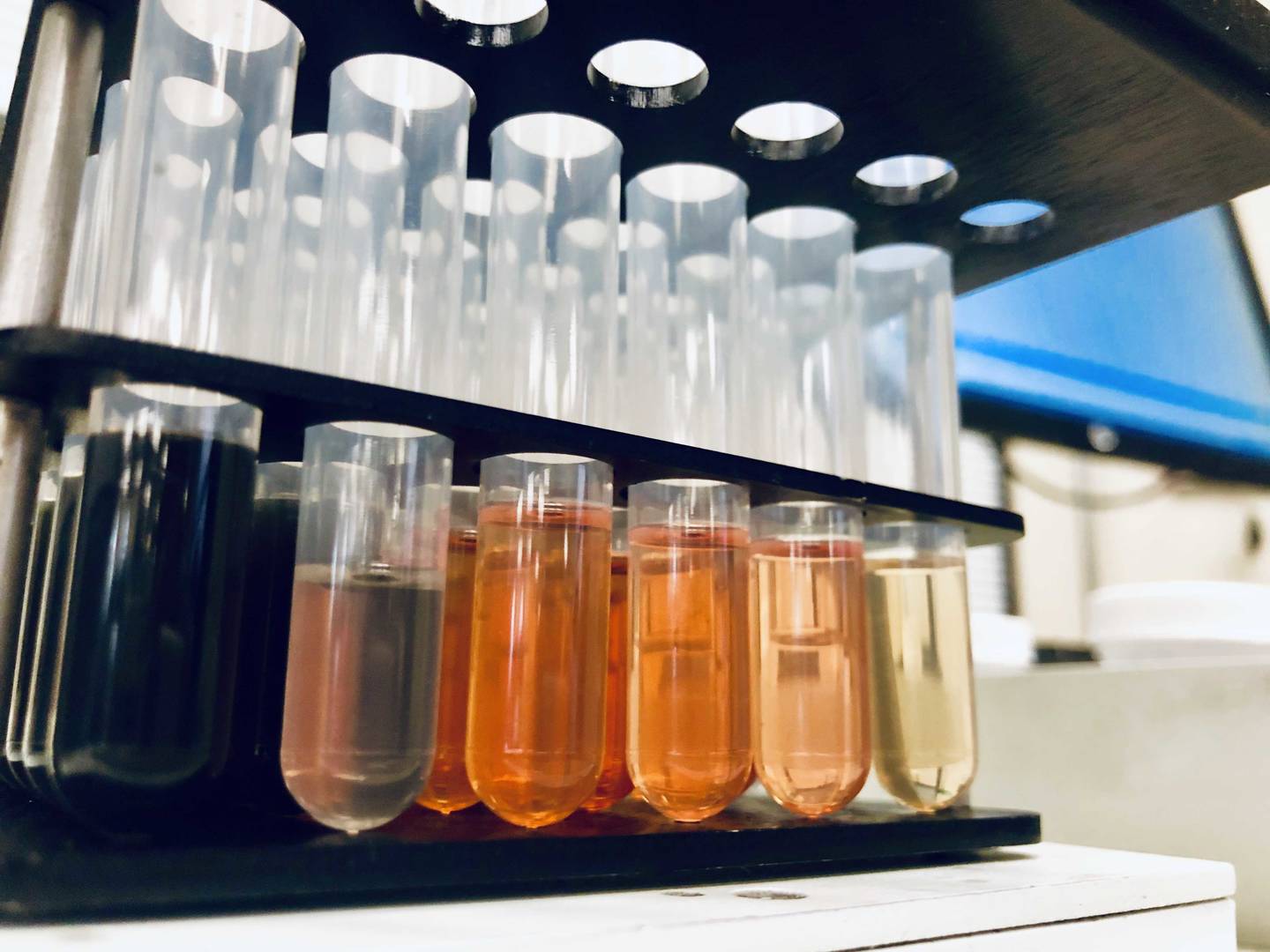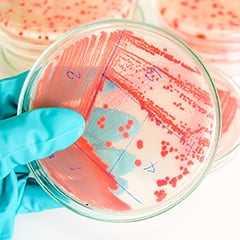Regulations on Diethanolamine in Cosmetics
In personal care products, DEA-related compounds such as Cocamide DEA, DEA-cetyl phosphate, and Lauramide DEA are often used as emulsifiers, forming agents, and pH adjusters.

Diethanolamine (DEA) is a chemical compound commonly used in the personal care industry. It is a secondary amine and diol, which means it has both amine and alcohol functional groups. DEA-related compounds are primarily utilized as a surfactant, helping to create foam and improve the texture of products. It is also used in the preparation of diethanolamides and diethanolamine salts of long-chain fatty acids, which are ingredients in soaps and surfactants.
In personal care products, DEA-related compounds such as Cocamide DEA, DEA-cetyl phosphate, and Lauramide DEA are often used as emulsifiers, forming agents, and pH adjusters. These compounds can be found in a variety of products, including shampoos, conditioners, soaps, and bubble baths.
Definition and Background
Diethanolamine (DEA) is a secondary amine and diol, acting as a weak base. In its pure form, DEA is a white solid at room temperature but absorbs water to become a colorless viscous liquid with a slight ammonia-like odor. DEA is primarily used as a surfactant and in the preparation of diethanolamides and diethanolamine salts of long-chain fatty acids. DEA-related compounds, such as Cocamide DEA, DEA-cetyl phosphate, DEA Oleth-3-Phosphate, Lauramide DEA, Myristamide DEA, and Oleamide DEA, are used in cosmetics as emulsifiers, forming agents, and pH adjusters.
Global Regulations
The presence of DEA in personal care products has raised safety and regulatory concerns. Prolonged exposure to DEA has been linked to more serious health risks, including cancer and organ toxicity. DEA can also cause irritation to the eyes, skin, nose, and throat. As a result, various regulations have been implemented globally to control the use of DEA in cosmetics.
- California: DEA has been listed on the Proposition 65 list as a cancer-causing agent since 2012.
- US EPA: The US Environmental Protection Agency considers DEA a hazardous air pollutant and includes it on the Toxics Release Inventory.
- US FDA: The US Food and Drug Administration does not prohibit DEA but advises consumers to check product ingredient labels if concerned. However, the new MoCRA regulations stipulate that the Responsible Party (Manufacturer or Distributor, etc.) is responsible for the safety of the product.
- Europe: DEA is banned and considered a prohibited substance in cosmetics.
Usage in Cosmetics
In cosmetics, DEA-related compounds are intentionally used as emulsifiers, foaming agents, and pH adjusters, and are found in products like shampoos, conditioners, soaps, and bubble baths. DEA itself, however, can also appear as a trace contaminant.
While DEA-related compounds have specific uses, the presence of DEA as a contaminant raises safety and regulatory concerns due to potential health risks.
Exposure to Diethanolamine (DEA) can present various health hazards, especially with extended or significant exposure. Here are some of the primary health issues:
- Carcinogenic Potential: DEA is considered a potential carcinogen. Research, including studies by the US National Toxicology Program (NTP), has identified a link between the topical use of DEA and certain DEA-related ingredients and cancer in laboratory animals.
- Irritation: DEA can irritate the eyes, skin, nose, and throat. This irritation often occurs with direct contact or inhalation of products containing DEA.
- Dermal Exposure: Consumers may be exposed to DEA through skin contact with cosmetics, shampoos, or bubble baths that contain DEA-related ingredients. This type of exposure is particularly concerning due to the potential for skin absorption.
Given these risks, it is crucial for consumers to be aware of the ingredients in their personal care products and for manufacturers to perform comprehensive testing to ensure safety and regulatory compliance.
ALS Recommendation
Both consumers and manufacturers should understand the role and risks of DEA in personal care products. Consumers should be aware of the ingredients in their products, while manufacturers must ensure their products meet safety standards and regulatory requirements through rigorous testing.
ALS recommends performing trace analytical testing for DEA in products that may contain DEA-related ingredients to ensure compliance with various regulations and maintain high-quality standards. The testing is performed using Liquid Chromatograph-Mass Spectroscopy (LC-MS) procedures, modified to achieve a quantitation level of 0.5 parts per million (PPM).
Importance of Clinical Studies
Clinical studies are vital for the reputation of cosmetic brands and consumer health. They provide scientific evidence of product safety and efficacy, helping to build consumer trust and confidence. Rigorous testing ensures that products meet regulatory standards and do not pose health risks, thereby protecting consumers and enhancing brand credibility. Recommended tests include:
- Dermal Irritation and Sensitization Tests: To assess the potential of a product to cause skin irritation or allergic reactions.
- Ocular Irritation Tests: To evaluate the potential of a product to cause eye irritation.
- Toxicological Assessments: To determine the safety of ingredients and their potential health risks.
- Stability Testing: To guarantee that the product retains its quality and efficacy throughout its shelf life.
If you have any more questions or need further information, please reach out to pharma.usa@alsglobal.com or call us at 310-214-0043.














































